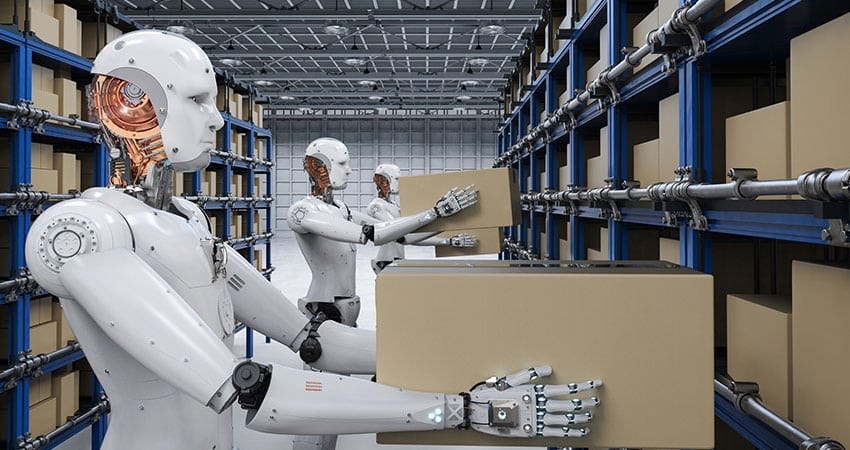When applying for a job or a promotion, you probably like to know how many other applicants are applying for the same position. For some workers in British Columbia, a new applicant is about to join the field: Mr. Robot.
In a new report, the Business Council of B.C. examines the potential impact of automation across all occupations in the provincial labour market.
Digital technologies such as robotics, artificial intelligence and big data can perform an ever-increasing range of tasks in the production of goods and services. They are changing the role of human labour in the economy. The good news is that international studies provide some clues about which jobs are most likely to be automatable, at least from a technical or engineering perspective, and which jobs will remain humans-only.
Technologies are becoming especially good at performing routine and rules-based tasks, as well as certain tasks involving basic social interactions. Occupations featuring these sorts of tasks have the highest potential for automation over the coming decades. Examples include cashiers, cooks, carpenters, truck drivers, real-estate agents and administrative support workers (even though today there are many job openings for some of these positions in B.C. and elsewhere).
Technologies are less good at things that require creative and social intelligence, such as finding original ways to solve problems, artistic composition, negotiation, persuasion (including op-ed writing), relationship-building and caring for others. Mr. Robot also tends to struggle with awkward and irregular manual tasks. Occupations featuring these sorts of tasks have the least scope for future automation. Examples include teachers, lawyers, doctors, electricians, engineers, IT analysts, nurses, social workers and restaurant managers.
How exposed are B.C. workers to automation? It turns out that B.C.’s job market tends to be clustered in occupations with “high” and “low” prospects for automation over the next 10 to 20 years. About 42 per cent of B.C. jobs have a “high probability” of long-term automation. About 37 per cent of jobs have a “low probability” of automation. And 21 per cent of jobs fall somewhere in between.
Jobs that are susceptible to automation tend to be in occupations in “sales and service,” “business, finance and administration,” “trades, transport and equipment operations,” “manufacturing and utilities” and “natural resources and agricultural production.” Relative to Canada as a whole, the types of jobs found in B.C. have greater scope for automation. That could mean that more adjustment costs from technological change lie ahead for B.C. compared with the rest of Canada.
It’s tempting to interpret the above as a doomsday prediction about mass unemployment. Relax (at least a little). The adoption of new technologies across the economy can drive gains in labour productivity or output produced per hour of work.
Higher productivity means higher income per person and greater demand for goods and services, which increases demand for workers. New technologies can also create new career specializations and free up people’s time to learn new skills and tasks, or even to work less. Taken together, technological progress should increase overall demand for labour.
Moreover, the actual pace and extent of automation don’t just depend on technical capabilities. They also depend on economic developments, as well as social and regulatory acceptance of new technologies. For example, how many people are lining up to fly on a fully automated commercial aircraft?
It’s therefore hard to pin down if or when firms will prefer hiring Mr. Robot over a human worker. But with Mr. Robot becoming increasingly capable, many firms will soon have a wider choice about using people or machines to perform some of today’s production tasks.
If Mr. Robot applies for your job some time in the next 10 to 20 years, you’ll need to adapt. You might need to re-skill, re-task, relocate, work less or face obsolescence. You might see slower real wage growth as the price of technology — Mr. Robot’s wage rate — becomes more competitive.
Digital technologies offer the potential to increase productivity, raise overall living standards and create new job specializations. However, there can also be unevenly distributed adjustment costs from job obsolescence that cause economic and social distress.
Policy-makers, firms, educational institutions and, of course, us humans — workers and students (and their clairvoyant parents and advisers) — should be thinking ahead about the skills we’ll need to excel in the digital economy of the future. And we must ensure that those humans bearing the heaviest costs from adjusting to competition from Mr. Robot are not left behind.
David Williams is vice-president of policy at the Business Council of British Columbia.



